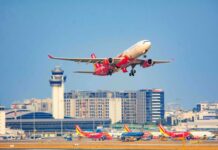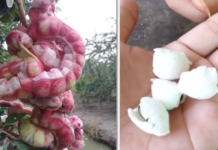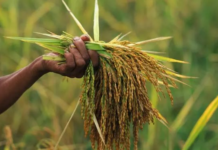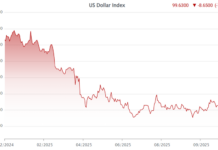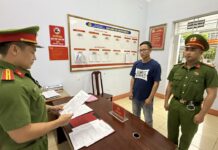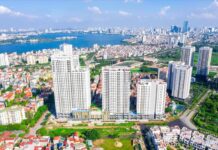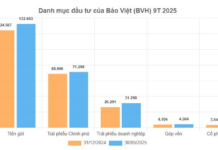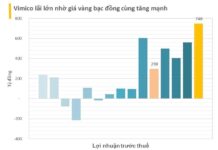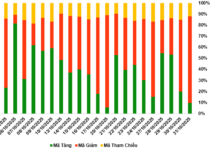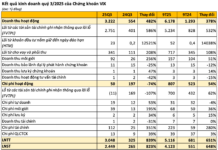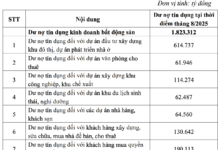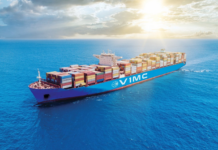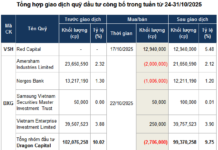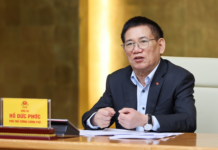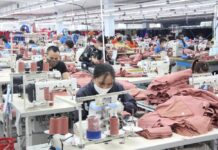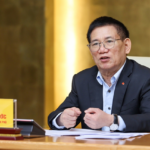
Lao Cai, a province with a strategic “gateway” location and a rich history, is situated in Vietnam.
Lao Cai’s Social and Economic Landscape
Lao Cai holds a significant “gateway” position and acts as the “bulwark” of the nation. The province boasts a diverse landscape with “headwater rivers and towering mountains.” It is home to a major international border gate and offers a vast area with a sparse population.
Lao Cai is renowned for its famous tourist destinations and diverse soil, abundant in valuable mineral resources of high quality and large reserves (such as apatite, iron, and copper). The province also benefits from a dense network of rivers and streams, along with a steep terrain, which provides an advantage for small and medium-sized hydropower development.
Lao Cai is one of the few mountainous provinces in Vietnam with a comprehensive range of transportation options, including highways, railways, waterways, and the upcoming Sa Pa airport. It serves as an economic and foreign affairs hub along the Kunming-Lao Cai-Hanoi-Haiphong-Quang Ninh economic corridor and a pivotal transshipment center between Vietnamese provinces, ASEAN, and the Yunnan market and southwestern China.

Despite facing challenges, especially natural disasters, Lao Cai has made remarkable efforts and achievements.
According to the Lao Cai Provincial Party Committee’s report, the province’s economic growth (GRDP) in 2024 is estimated at 7.38%, a significant increase of 2.2 percentage points compared to 2023 (5.11%) and higher than the national average. The per capita GRDP reached 97.5 million VND per person per year, an increase of 8.9 million VND from the previous year, equivalent to 80% of the national average. The economic scale is estimated at 78 trillion VND, an 11.8% increase from 2023, ranking 44th out of 63 provinces and cities.
Commercial and trading activities thrived, with a 9.65% year-on-year increase in total retail sales of goods and services revenue. Tourist arrivals in the province surged, reaching an estimated 7.8 million, an 8% increase from the previous year. The total import-export value through the border gates for the year is estimated at USD 3.625 billion, a remarkable 68% increase from 2023.
Lao Cai consistently ranks among the provinces with high disbursement rates in the country, with an estimated 100% plan achievement in 2024. The province has attracted investments in various projects related to transportation, healthcare, and education, with many effective constructions.
State budget collection has shown remarkable improvement, with an estimated amount of 12.8 trillion VND for the year, equivalent to 139.5% of the Central Government’s assignment and a 135.9% increase from 2023. Credit growth has been successful, with the total credit source estimated at 70.8 trillion VND, a 10% increase from the previous year.

Lao Cai offers a vibrant economic landscape with a focus on growth and innovation.
During a working session with Lao Cai, Prime Minister Pham Minh Chinh requested the province to continue prioritizing growth and revitalizing traditional growth drivers (investment, exports, and consumption). He also emphasized the need to promote new growth drivers, including science and technology, innovation, circular and sharing economies, knowledge-based economy, green transition, and digital transformation. The province was also advised to build a database to develop artificial intelligence and formulate policies.
Additionally, the Prime Minister urged the province to strive for a GRDP growth rate of over 10% in 2025, maximize resource mobilization for development, and enhance the efficiency of investment attraction and utilization, particularly FDI and public-private partnerships.
He further emphasized the importance of continuing to promote border gate economic development as a breakthrough for Lao Cai and the northern mountainous region. The province should focus on establishing itself as a pivotal connection for economic exchange between Vietnam, ASEAN countries, and southwestern China.
Lao Cai Border Gate Economic Zone: A National Key Economic Zone
According to the Lao Cai Provincial Foreign Information Portal, the Lao Cai Border Gate Economic Zone is the only northern economic zone with an international border gate located within a city. The transportation infrastructure and yards at the border gates within the zone have been relatively synchronously invested.
The People’s Committee of Lao Cai province shared that the Lao Cai Border Gate Economic Zone, established in 2001, has developed into a multi-sectoral hub after 23 years of investment and construction. It serves as a vital link for the ASEAN region and southwestern China and is a growth pole and central connection for the northern mountainous region with the whole country.
Initially approved with an area of nearly 6,514 hectares, the zone has now expanded to nearly 15,929.8 hectares after adjustments. According to the Management Board of Lao Cai Economic Zone, the province has witnessed robust and stable growth in import and export activities through its border gates in recent years.
Annual state budget collection from import and export activities accounts for a large proportion of the province’s total budget revenue. The zone attracts around 500-600 enterprises from inside and outside the province to participate in import and export activities, providing stable jobs and incomes for thousands of local workers.

Lao Cai Border Gate Economic Zone is poised to become a dynamic economic hub.
One of the key components of the Lao Cai Provincial Planning for the period of 2021-2030, with a vision towards 2050, is to develop the Lao Cai Border Gate Economic Zone into a driving force for the province’s border area. The zone’s nucleus will be the cross-border economic cooperation, focusing on border gate economic development, trade, services, industry, logistics, and dry ports.
To boost border gate economic growth, the Provincial Economic Zone Management Board has actively promoted investment attraction into the zone in recent years. They have particularly focused on attracting investment in key sectors linked to import and export activities, such as logistics services, e-commerce, financial and insurance services, export processing, and the construction of standard goods storage warehouses.
The province has concentrated resources on investing in hard infrastructure, prioritizing the transportation system that connects the border gates with the Noi Bai-Lao Cai highway and the upcoming Sa Pa airport. They have also invested in soft infrastructure, including telecommunications (5G), information technology, and smart border gates, to enhance transportation capacity, clearance procedures, and logistics cost optimization for businesses.
According to the master plan for the construction of the Lao Cai Border Gate Economic Zone until 2040, with a vision towards 2050, Lao Cai aims to develop the zone into one of the eight key economic zones in the country by 2025. This development will be a driving force for Lao Cai to become a pivotal connection for economic exchange between Vietnam, ASEAN countries, and southwestern China, with an expected import-export turnover of USD 10 billion in 2025.

